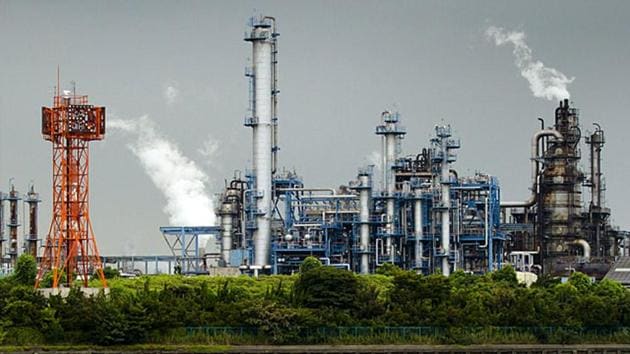India forecasts economic growth at 7.2 per cent in 2018-19
According to the CSO data, the expansion in activities in ‘agriculture, forestry and fishing’ is likely to increase to 3.8 per cent in the current fiscal from 3.4 per cent in the preceding year.
India’s GDP grew at 7.2% in 2018-19, according to the first advanced estimates released by the Central Statistical Office on Monday, the fastest rate of growth since 2016-17, marking a recovery in economic activity from the twin disruptions of demonetisation and Goods and Services Tax. To be sure, these figures are forecasts, as the first advanced estimate figures are based on about two quarters of actual economic data.

While the 2018-19 growth is 55 basis points more than the 2017-18 figure, it is 20 basis points less than the RBI’s forecast of 7.4% and 7 basis points less than the International Monetary Fund’s forecast of 7.3% for the current year. One basis point is one hundredth of a percentage point. India continues to be the fastest growing major economy in the world according to the latest figures.
These figures also show that India’s economic growth under the Narendra Modi government has been more than what was achieved under the two Congress led United Progressive Alliance (UPA) governments. The compound annual growth rate (CAGR) of GDP at market price under the present government has been 7.3%, compared to 6.7% and 6.4% under UPA-I and UPA-II.
To be sure, the UPA growth story looks much better according to the old-GDP series, which shows that CAGR of GDP growth to be 8% and 6.6% under the UPA-I and UPA-II.
The government released back-series numbers for the 2011-12 GDP series until 2004-05 in November, 2018. While these statistics have been criticised by opposition parties as well as independent economists, the government maintains that they are in keeping with the standard methodology ratified by the United Nations.
The sector-wise Gross Value Added figures underline the agrarian distress narrative under the present government. Not only is the CAGR of agriculture and allied activities under the present government two percentage points lower than the value for UPA-II, nominal growth in agriculture has fallen below real growth for the first time in the new series in 2018-19. This is in keeping with the anecdotal evidence on a fall in farm output prices.
A lower than projected GDP growth has also raised concerns about a possible fiscal slippage, as the share of fiscal deficit will now be calculated over a lower base.
We would not know the extent of fiscal slippage before the general elections, because the revised estimates (which will be presented in February 2019) are unlikely to be very different from the budget estimates presented February 2018, said N R Bhanumurthy, professor of economics at the National Institute of Public Finance and Policy. Given this, markets will carefully watch the quality of government spending before the elections, Bhanumurthy added.






